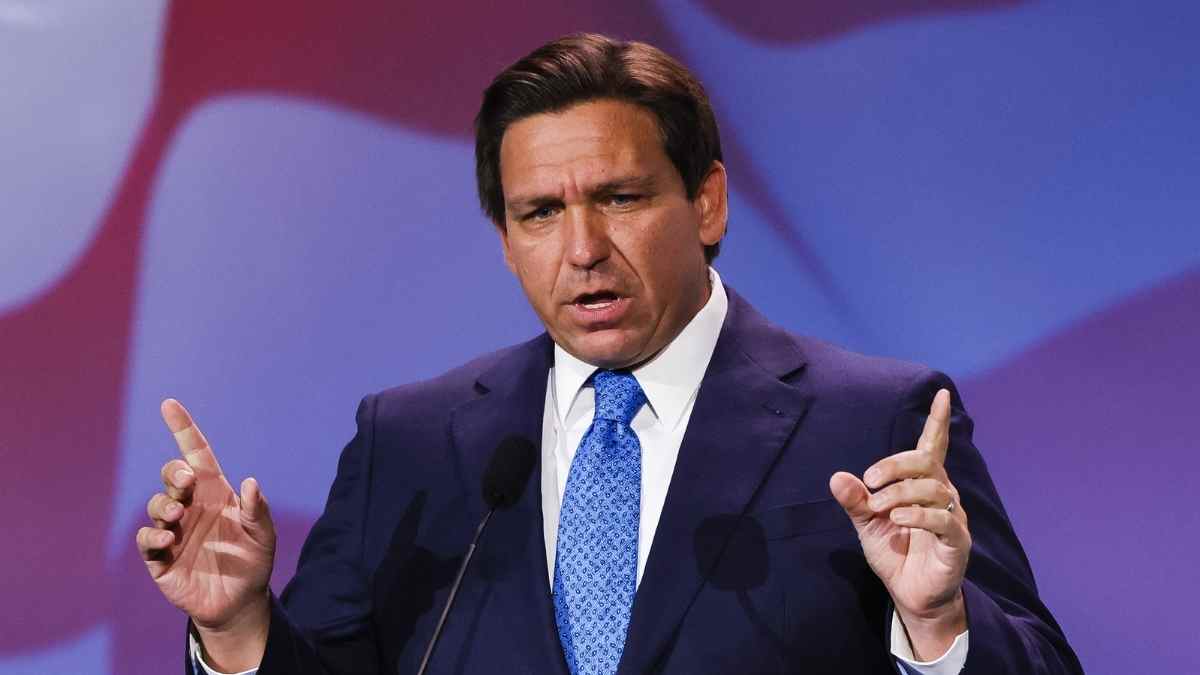Florida is preparing to take a major step forward on wages this year 2025, driven by a strategy that began in 2020 and has the ultimate goal of reaching $15 per hour by 2026. Led by Governor Ron DeSantis and backed by Amendment 2, this plan seeks to improve living conditions for thousands of workers, especially in low-income sectors such as hospitality, retail and food service. Below are all the key points of this increase and what employees and employers should know prior to its implementation.
A progressive increase that will culminate in 2026
Amendment 2, passed in 2020, established a schedule of annual increases in Florida’s minimum wage with the goal of reaching $15 per hour by 2026. With the results achieved so far, the state is moving steadily toward that goal of steadily raising workers’ wages:
- September 30, 2025: minimum wage will increase from USD 13 to USD 14 per hour.
- 2026: the ultimate goal of $15 per hour will be achieved, a milestone for Florida’s economy that will remain in place until the end of 2027. At that time, an assessment will be made as to whether this value needs to be adjusted again.
This staggered schedule was designed to allow for progressive adaptation by employers and workers, mitigating abrupt impacts on the economy and providing leeway for planning budgets and operating costs. At the same time, it offers a sustained improvement in the purchasing power of lower wage earners, helping them to cope with the steadily rising cost of living.
A relief from inflation and the cost of living
Inflation and the rising cost of goods and services nationwide have generated concern among workers, especially those who depend on the minimum wage. According to official data, Amendment 2 seeks to partially counteract these effects by providing a legal framework to raise wages in a progressive and mandatory manner.
For many citizens, this increase translates into the possibility of meeting housing, transportation and food expenses with greater peace of mind. At the state level, the sectors that will benefit most will be the hospitality, retail and food industries, which traditionally employ a large number of people on minimum wages.
Impact on tipped workers
One of the most relevant aspects of this plan is the increase in the base salary of tipped employees, a sector that relies heavily on variable income from customer service. As of September 30, 2025, it is established that:
- The base wage will increase from USD 9.98 to USD 10.98 per hour.
In 2026, when the general minimum wage reaches USD 15, the base wage for tipped workers will be USD 11.98. This adjustment seeks to bring the earnings of these employees in line with the state minimum standard, narrowing the gap that existed compared to non-tipped workers.
Florida among the highest paid states
With this plan, Florida joins the list of states that offer a minimum wage above the federal average. It should be recalled that the federal minimum wage has remained at USD 7.25 per hour for more than 15 years. Meanwhile, other states such as California, New York or Washington already exceed USD 15 per hour or have similar plans in place.
Florida’s entry into this group in 2026 strengthens the state’s labor competitiveness, attracting more workers and, potentially, companies interested in locating in a region with a stronger labor market. It also positions the DeSantis administration as one that is driving social and economic changes aimed at closing the income gap in the working population.
Employer mandatory and penalties
The regulation is mandatory for all Florida employers. From small businesses to large corporations, they must adjust their payrolls and ensure that their workers receive the minimum wage on the established date. Failure to comply with this measure can result in legal penalties, fines and even class action lawsuits that affect both the reputation and financial viability of the offending organizations.
This point has been emphasized by the DeSantis administration, which seeks to ensure that the increase effectively reaches those who need it most. Control strategies include inspections and complaint mechanisms for workers who feel that their rights are being violated.
Next steps and prospects
Once the minimum wage reaches $15 per hour in 2026, the state will evaluate its impact on the Florida economy. If the inflationary trend continues, a further update could be considered, although this will depend on factors such as the stability of the labor market, economic growth and the evolution of living costs.
In the meantime, the progressive increase is already emerging as one of the most important wage measures in recent years in Florida, offering a respite from the financial challenges faced by many workers. This initiative also contrasts with the failure to update the minimum wage at the federal level, which has remained unchanged since 2009.
All in all, the outlook looks encouraging for those in Florida’s most vulnerable sectors of the economy. The new minimum wage increase scheduled for 2025 reaffirms the state’s commitment to improving the quality of life of workers, reducing the wage gap and strengthening the purchasing power of thousands of families in the midst of a situation marked by inflation and increases in the cost of living. The expectation now is that this measure will boost not only the individual well-being of employees, but also the growth of the local economy, laying the foundations for a more prosperous and equitable future in the Sunshine State.
If you have found this information useful, don’t hesitate to keep informed of more related publications by visiting the economy section of this website.
